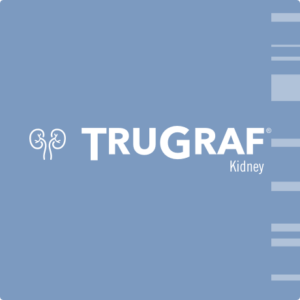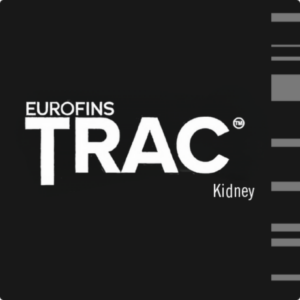
Biomarker Science
How does graft health get monitored after transplant?
Monitoring graft health after a transplant is crucial to ensure the success of the transplant an identify any potential issues early on. There are several methods and tests used to monitor the health of the graft (transplanted organ) after transplantation.
One of the most common methods, often viewed as a ‘gold standard’, is biopsy. This involves taking a small sample of tissue from the transplanted organ for histologic examination. Unfortunately, biopsies are invasive, can be painful, may require significant recovery time, may increase risk of infection, and could be expensive.
There are a battery of blood tests that are conducted to measure various indicators of organ function. Creatinine levels can indicate how well the kidneys are functioning, liver function tests assess enzyme levels, and therapeutic drug monitoring interrogates the various medications required to maintain a healthy graft. Therapeutic drug monitoring is particularly important form monitoring immunosuppressive drug levels.
Additionally, imaging studies may be used to visualize the transplant organ and detect any abnormalities or signs of complications. Techniques such as ultrasound, CT scans, or MRI scans may be utilized.
The specific monitoring methods used can vary depending on the type of transplant and the organ involved. Close collaboration between transplant recipients and their healthcare team is essential to promptly address any concerns and ensure long-term success of the transplant.
A New Approach:
Non-Invasive Gene Expression Profiling
Our goal is to aid in the management of transplant patient care by providing the tools required for precision medicine. A specific sequence of DNA in the body is called a gene. The creation of any cell in in the body requires the reading and expression of a set of genes.
TruGraf is a non-invasive test that measures differentially expressed genes in the blood of transplant recipients to monitor the immune state of the patient, confirming adequate levels of immunosuppression and ruling out the presence of graft damage. TruGraf measures a precise panel of specific genes that have been empirically determined to discriminate between allografts that are truly healthy, and those in transplant recipients that may be experiencing rejection at a subclinical level.
In the development of genomic products, it has been observed that immune response to different organs follows different expression pathways. Between TruGraf Kidney and TruGraf Liver, only 5 genes overlap between the profiles.
Potential Utilization of Gene Expression:
- Monitor patients to detect subclinical acute rejection
- Optimize minimization of immunosuppression therapy by ensuring early detection of an immune response
- Inform when to perform biopsies for cause, rather than relying on protocols or waiting for elevated levels from tests that lack specificity for rejection

Assessing Donor Derived Cell Free DNA
There is a constant stream of small fragments of DNA coming from different cells in the body, releasing into the bloodstream continuously. Typically, any given person has only their own DNA. This is not the case for the transplant recipient.
Viracor TRAC enables our team to differentiate which DNA in the bloodstream comes from the donated organ and the transplant recipient. This number is examined as a fraction and reported. The examination of donor-derived cell-free DNA is a non-invasive, direct measure of organ injury. It is appropriately used in ‘for-cause’ situations as a follow-up to confirm suspicions of rejection.


